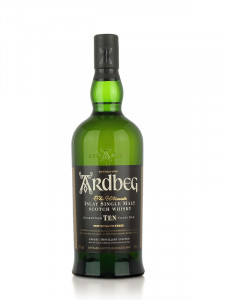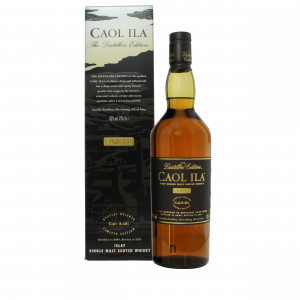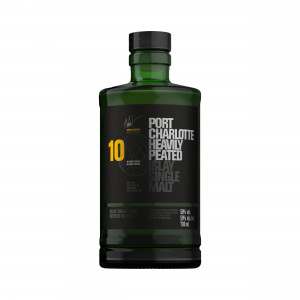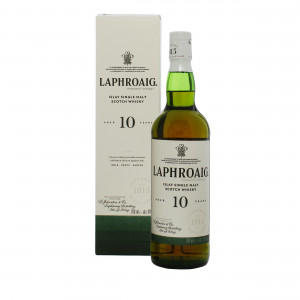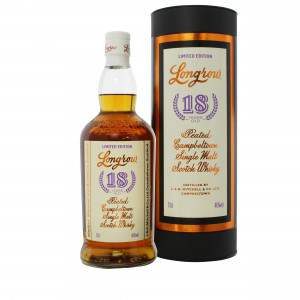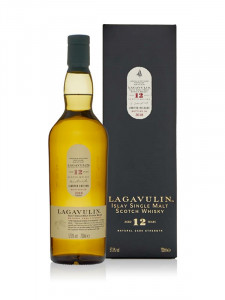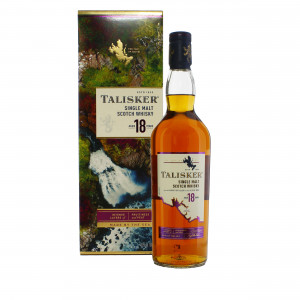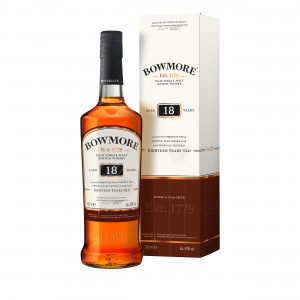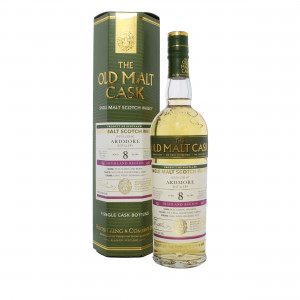Peat - Love It Or Hate It
If you love peaty whiskies you’re at the right place. If you’re not much of a fan perhaps you haven’t found the right one yet. In which case, yer auld pal Hamish will guide you through some favourites of mine.
Before we get onto that though, let’s take a look at how whiskies get that peaty smoky flavour…

Large parts of Scotland are covered with peat bogs. Now some of these bogs are more woody whilst other peat bogs can be damper. A typical peat bog only grows 1mm every year, so if you have a five meter thick bog then that means it’s a whopping 5000 years old!
Peat is an accumulation of partially decayed vegetation or organic matter – not very appetising eh!
Peated whisky is given it’s flavour by compounds called phenols, which are absorbed by the malted barley as it dries. The level of phenols and the strength of the flavour are controlled by the length of time that the barley is exposed to the smoke. Damp malt is usually dried for approximately 30 hours. Laphroaig dries its malt over peat fire for about 18 of these 30 hours, while Bruichladdich uses only unpeated fire for it's Scottish Barley expression. This is one of the reasons why you get different peaty characteristics but another reason for the difference in peaty flavours is the type of peat used, with the type of peat available varying by region.

Depending who you ask tasting notes can include anything from smoky, creamy, medicinal, nutty, mossy, diesel, bacon or even burning tyres!
Peat was originally the main domestic fuel in Scotland until the introduction of coal. This meant that in the beginning almost all whiskies were made entirely by peated barley, especially with distillers in the Highlands and on the Islands. The development of the railways in Scotland in the 1960s brought with it a newer fuel stemming from coal – coke.
Due to their geographical location the Lowlands and Speyside distilleries were the first to begin using coke as a fuel. Coke burns more evenly, is more efficient and is a whole lot less smoky than peat. These distillers realised there was room for a different flavoured whisky. The distillers on Islay and Orkney continued to use varying amounts of peat during the kilning process, mainly because coke was still inaccessible in these areas.
Peated whisky has seen a resurgence in recent times and I’d speculate that whisky lovers are looking for an authenticity and some heritage in their drams. I mean what better way is there than drinking whiskies with similar characteristics as the liquids that were first distilled?
When you look for your next bottle, why not consider a wee peated dram. Here’s some of my favourite smoky bottlings.
Ardbeg 10
This expression has a big palate that's oily and smoky peat with hints of liquorice and cracked black pepper with a long finish with deep smoke and a suggestion of toasted almonds.
Being the fourth best selling Islay Single Malt worldwide, this is a staple in the Ardbeg collection and a tremendous peaty whisky.
Caol Ila Distillers Edition
The nose on this one is particularly peaty whilst the palate is sweet at first before flourishing into a beautiful bit of smoke revealing crisp fresh fruits. The finish is long and complex, sweet and smouldering, cinnamon spice, smokiness.
Port Charlotte 10 Year Old
This is the flagship release in the heavily-peated Port Charlotte range from Bruichladdich. The nose has dry and smoky peat ash, balanced with caramel, fudge vanilla and hints of ginger, nutmeg and cloves. The palate is smoky and sweet with coconut, vanilla, lemon honey, smoked oysters and salty sand with the smoke continuing through the finish with malted barley and sweet fruity notes.
Laphroaig 10 Year Old
This belter is a big peaty dram, with medicinal TCP notes at the nose and hints of seaweed, behind all this is a there is a soft sweetness. The palate is dominated by big peaty, maritime notes which give way to a gentle sweetness with a big long peaty finish.
Longrow 18 Year Old
This twice-distilled Single Malt from the Springbank Distillery of Campbeltown has been matured in 75% sherry casks and 25% bourbon casks. The palate has strong coffee notes and liquorice among the peat, with light touches of lemon zest and cream. The finish is peppery with notes of ripe blackberries before being enveloped by camp fire smoke.
Lagavulin 12 Year Old 2018 Special Release
Aged in oak casks for at least twelve years, this much sought-after edition of the iconic Islay single malt has the massive peat-smoke that's typical of the southern coast of the island - but also offering a dryness that turns it into a truly interesting dram.
Talisker 18 Year Old
This expression has a fairly low level of peat but the smouldering smokiness is what resulted in this batch release being awarded best whisky in the world in 2007. The nose has tarry ropes on the sea air, a rich smokiness with old leather. There's a sweetness and spice in the palate building up towards smoky burnt toffee rounded off with a smoky medium finish.
Bowmore 18 Year Old
This Islay dram is one of my favourites. The nose has ripe fruit with chocolate and a creamy, gentle smoke with a palate of Chocolate and soft fruits, perfectly balanced with the peat reek. The finish is long, with toffee, marmalade and the trademark haunting smokiness.
Old Malt Cask Ardmore 8 Year Old
This single cask expression from Ardmore was distilled in December 2013 and matured in a refill barrel for 8 years before bottling in July 2022. Only 114 bottles have been produced by Hunter Laing & Co for the Old Malt Cask series, each one at a strength of 50% abv. The stand out on this bottle is the palate; bonfire embers, salt and heaps of peat.

 4.8/5 with 3,400+ reviews
4.8/5 with 3,400+ reviews
